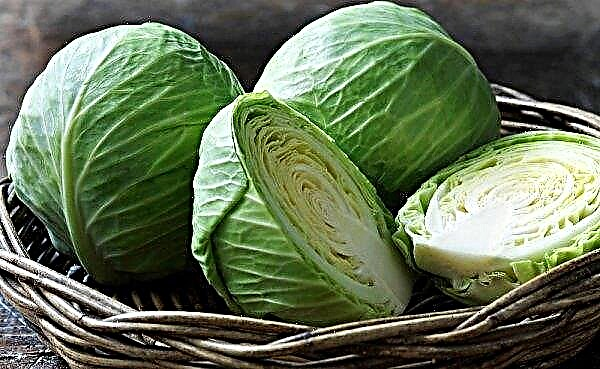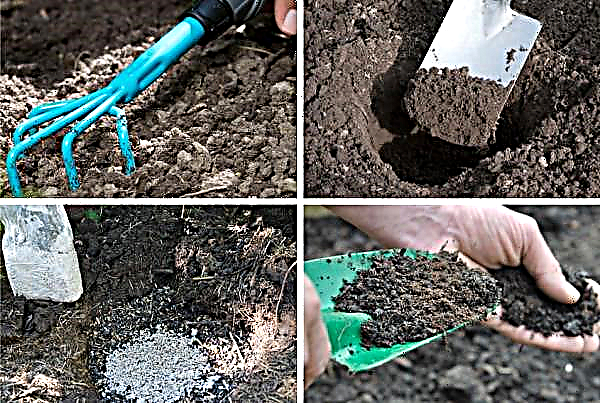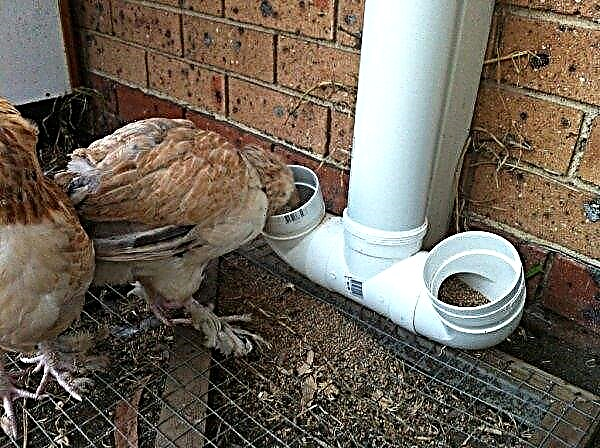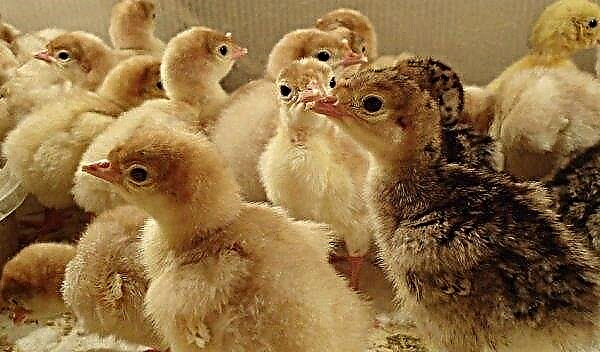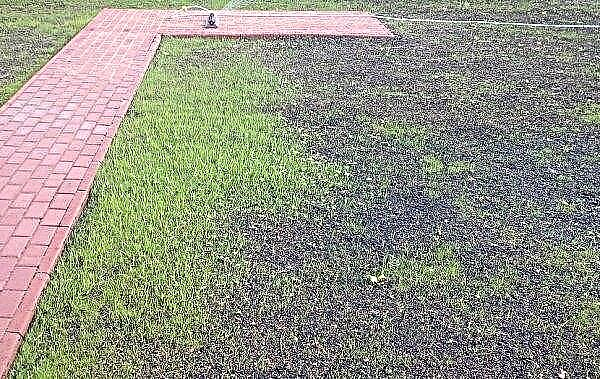An important point in the cultivation of roses is caring for them in the fall, namely: preparation for the winter season. The flower grower needs to understand all the intricacies of care during this period, so that the flowers successfully survive the upcoming frosts.
What is the difference between autumn rose care
The most important task of the grower in the fall season is to transfer the plant to a dormant state, which should begin with the arrival of winter colds. The essence of autumn care is the gradual suspension of the vegetation of roses, i.e., their growth. First, you need to adjust the watering and top dressing, and then, towards the end of autumn, carry out manipulations with sheltering the bush for the winter.
How to care for roses in the fall
Caring for roses in the fall season is to correct watering and fertilizing. It is also necessary to carry out pruning and shelter for the winter. If necessary, roses are transplanted.
Watering and feeding in the fall
Change the approach to watering should be in August. Gradually, you need to moderate watering, moistening the soil each time with less water. In September, watering must be stopped so that by the beginning of cold weather the soil is not too wet.
Starting in August, you need to adjust and feeding. During this period, fertilizers with nitrogen in the composition must be stopped to be applied to the soil. In the period from late summer to October, you need to bet on top dressing based on phosphorus and potassium.
Important! If September is dry and hot, moisten the soil before the end of the month. In this case, watering is stopped before October.
During the fall they need to be made twice:
- after flowering (end of August-beginning of September);
- end of September-beginning of October.
Roses fertilize with several types of products:
- Granular products. This type is convenient in that the drug does not need to be further diluted or mixed. Finished granules are scattered or buried in the soil, due to which there is a gradual saturation of the soil and, as a result, plants with useful elements.

- Liquid root dressing. This method differs from the previous one in that the product must first be diluted in water and after that it should be applied to the soil. Such fertilizer is quickly absorbed by the soil and root system of the bush. For roses, a drug based on potassium monophosphate (8 g) and superphosphate (7.5 g), which must be diluted in 5 liters of water, is perfect. This amount is enough to process 2–2.5 m² of soil around roses.

- Liquid foliar top dressing. Means of this type, by analogy with liquid root top dressing, must be prepared by dissolving concentrated substances in water. The finished product must be sprayed with a bush. There are many ways to prepare such top dressings. You can dilute 25 g of superphosphate in 0.5 l of heated water and dilute the mixture with another 5 l of cold water. According to another method, 1 g of potassium monophosphate and superphosphate should be dissolved in 5 l of water.

Features of pruning roses
Autumn pruning of a rose bush is a must. If you do not hold it on time or not cut the stems at all, in the spring the grower will expect disappointment in the form of a poorly blooming or frozen plant during the winter.
Did you know? The oldest rose in the world has been living for 1000 years. It grows in a German city Hildesheim, nearby local the cathedral.
Due to autumn pruning, the following positive changes occur:
- the appearance in the future of a sufficient number of buds for plentiful flowering;
- rhizome strengthening;
- accumulation of useful elements;
- increased resistance against possible diseases;
- stems that grow in the spring will be characterized by active growth and strength.

Optimal timing
To trim, you must wait for the second half of October. The maximum period for which the procedure can be postponed is the beginning of November. Depending on the climate zone, the recommended dates for pruning roses may vary. It is important not to carry out the manipulations too early when the street is still warm. With early pruning, the plant may begin to form buds, which will have a detrimental effect on its condition during the upcoming wintering.
Basic pruning rules
One and a half months (mid-September) before pruning, you must stop removing wilted flowers. They are left so that the seeds ripen in them. This will contribute to better preparation of the bush for transition to a dormant state.
When the time comes for directly cropping, the grower needs to be prepared for work:
- gloves
- pointed secateurs;
- antifungal agent (for example, "Teldor").
The rules for shortening the shoots will vary depending on the cultivated variety.
There are 3 main degrees of cropping:
- Easy. It consists in removing a small part of the shoots. This type will not be appropriate every year and only when growing Bengal, English, weaving and tall varieties of roses. About 8 buds should remain on the stem, most often this is 1/3 of the entire shoot.
- Average. This method is most often used in floriculture and is acceptable for almost all types of roses grown in the garden. On shoots 24–26 cm long, up to 5 buds must be left.
- Strong. This degree of pruning can be used in the cultivation of small, highly bushy and parts of tea-hybrid varieties. The stems are shortened so that no more than 2 buds remain on each.
 Degrees of pruning roses
Degrees of pruning rosesThe main points to consider when cropping are as follows:
- The procedure must begin on a sunny day. A period of rains and windy weather should be avoided.
- Dry, broken or diseased stems are removed under the root in the first place. It is important to leave up to 5 trunks on which the kidneys will remain.
- Stems with buds should be dark greenhealthy, not dried up, whole, not affected by diseases and with a small number of branches.
- Pruning is done with a sharp secateurs, leaving 1 cm to the kidney. The slice must look inward so that the moisture does not linger much.
- A brown slice indicates dry stem. In this case, it is necessary to cut off another small section of the shoot.
- Cut points must be disinfected antifungal drug.
Video: autumn pruning of roses
Transfer
In the period from September to October, the bush can be transplanted. The benefit of this procedure is due to the fact that it is during this period that the level of moisture in the open air is quite high, which allows you to transplant the plant painlessly to another place.
Important! The removed parts of the bush cannot be left on the ground near the plant, since the process of their decay can begin.
Roses are transplanted for a number of reasons, including:
- soil depletion due to prolonged (2–4 years) growth in one place;
- soil change, which turned out to be unsuitable for the plant;
- personal design requirements for the rosary or the site as a whole.
The transplant should be carried out according to the following algorithm:
- Dig a hole with a depth of about 0.7 m at the selected transplant site.
- Dig a bush at a fairly wide distance from the base, so as not to damage the rhizome.
- Remove the earthball.
- Trim off diseased, damaged, and very long parts of the root system.
- Water the dug hole well.
- Move the bush to a new location.
- Cover the hole with earth and ram it.

Shelter preparation
One of the most important steps in preparing for wintering is sheltering a rose. Before this procedure, you also need to make some preparations. The last weeding should occur in September. In the future, weeds cannot be removed and thus the soil cannot be loosened, since shoot growth can begin.
Immediately before frost, it is necessary to treat the plant with a fungicide in order to prevent the spread and development of fungal infections. A suitable agent for this is copper oxychloride. On the day of treatment, the weather should be sunny and dry. After antifungal treatment, the hilling should be carried out.
For this, the grower needs to prepare a mixture of the following components:
- land;
- sand;
- sawdust.
Next, you can conduct a direct shelter, which can be done in one of the ways:
- Frameless. This shelter involves winter protection of the bush by falling asleep with branches of coniferous trees (lapnik), sawdust or dried leaves. The frameless type is suitable either for small bushes or for frost-resistant species of roses.
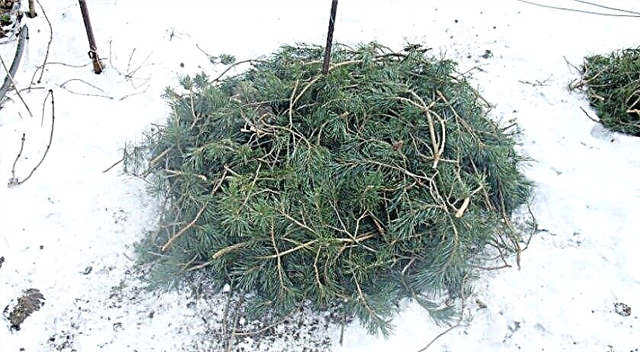
- Air dry. Before sheltering roses using this method, it is recommended to leave the bush in frost conditions (-2 ...- 5 ° C) for 13-14 days. This will avoid further adversity in the form of rodents. When equipping the shelter, the stems are first bent to the ground, and then a metal or wood frame is installed on top. The finished device can be purchased at a specialized store. A polyethylene covering material with holes for breathability or burlap is laid on top of it. You can also use agrofibre, lutrasil or spunbond, but keep in mind that these materials are stacked folded in 2 times.
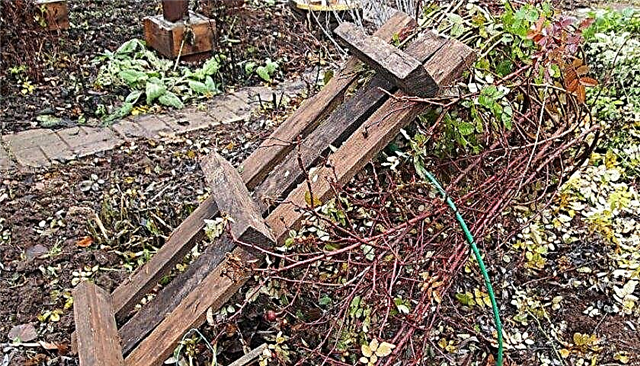
How to determine the readiness of roses for winter
Due to the difference in weather conditions in different climatic zones, the exact time when the bush will be ready for frost can not be called. Most often, in the middle band, this period falls on November, but any weather changes can make adjustments to the state of the plant. That is why it is important for the grower to know how to determine this moment by the state of the bush.
Did you know? The most ancient image of a rose, archaeologists have discovered on the island of Crete. The drawing dates from 2000 BC. e.
The readiness of roses for winter can be determined by the following signs:
- cessation of shoot growth;
- end of flowering and shedding of petals;
- the branches seem "bare."
Disease prevention
An important factor is the prevention of diseases that can affect the plant. The most important preventive measures are:
The most important preventive measures are:
- timely completion of all preparatory work, which positively affects resistance to infections;
- treatment with fungicide before hilling;
- pruning of diseased shoots and root parts immediately after their detection.









